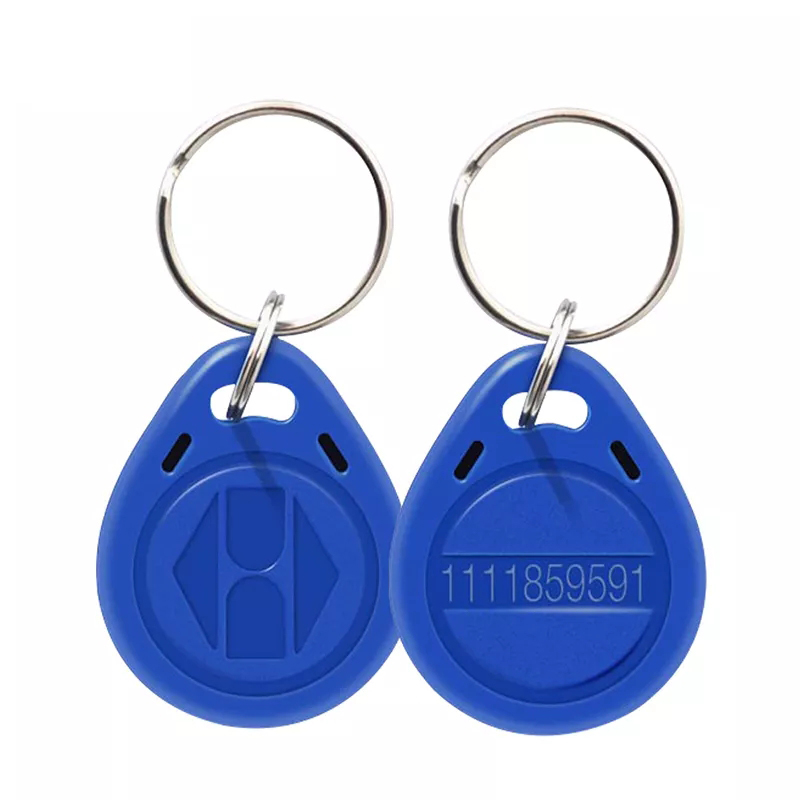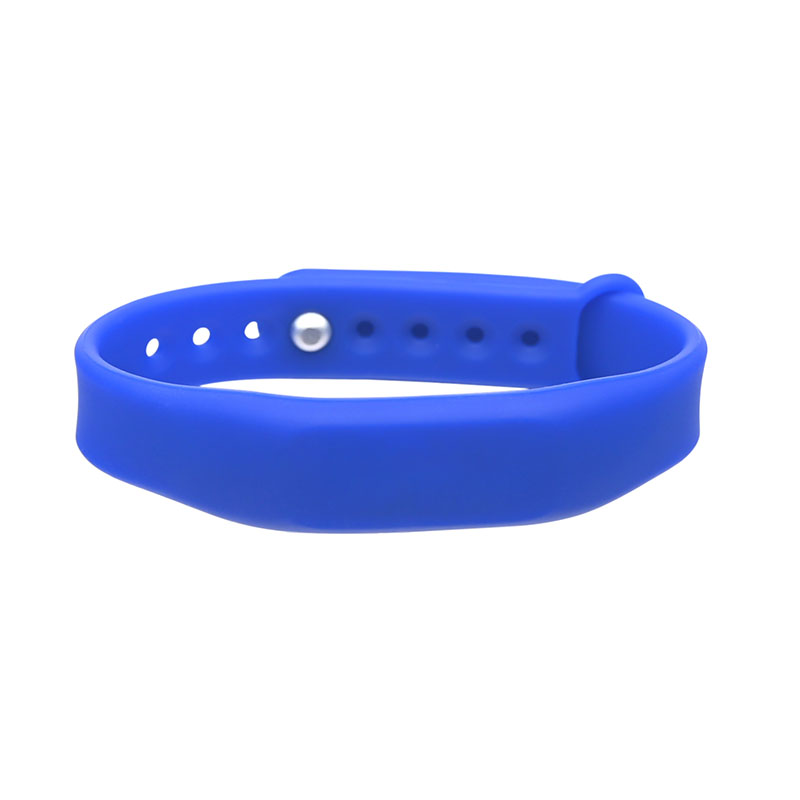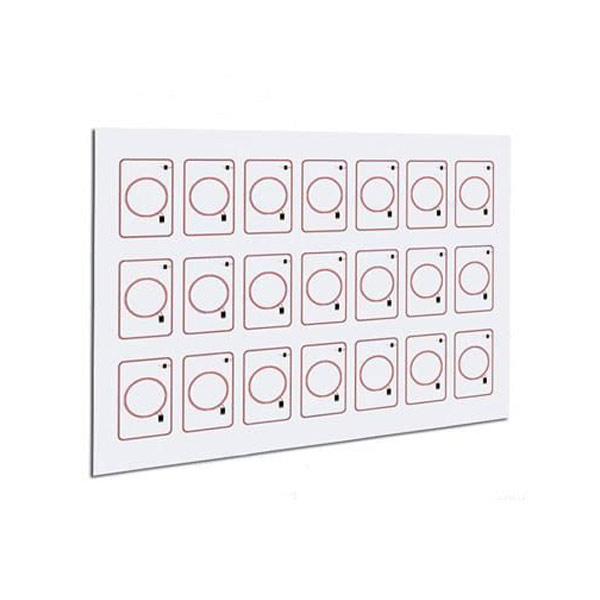With the advancement of the Internet of Things (IoT), Radio Frequency Identification (RFID) technology is increasingly integrated across industries—from logistics and access control to healthcare and event management. One of the latest innovations combining RFID with photochromic materials is the Photochromic RFID Silicone Wristband. This smart wearable not only offers the functionality of RFID but also features color-changing properties when exposed to ultraviolet (UV) light or sunlight.
These wristbands, blending functionality and visual appeal, are gaining popularity among event organizers, brand marketers, and health management professionals. This article provides an in-depth look into this innovative product, including its technical mechanisms, advantages, use cases, customization considerations, and future development trends.
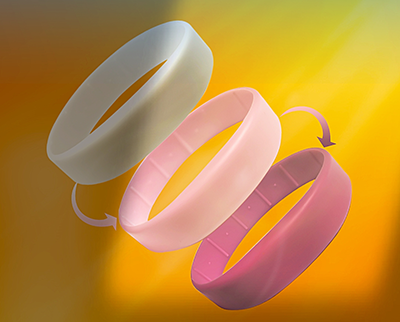
What is a Photochromic RFID Silicone Wristband?
A photochromic RFID silicone wristband is a wearable device that integrates an RFID chip with photochromic (light-sensitive) materials. Typically made from medical-grade eco-friendly silicone, the wristband is soft, heat-resistant, corrosion-resistant, and suitable for extended wear.
Visually, it resembles a standard silicone wristband in comfort and elasticity but stands out with its ability to change color based on UV intensity—indoors it remains one color, and outdoors it shifts to another, often within seconds. This feature enhances its aesthetic appeal and also serves as a UV exposure indicator.
The color change can be designed in various styles: light to dark, transparent to vibrant, or between distinct hues like white to purple, yellow to orange, green to blue, etc., offering creativity and personalization.
Internally, the wristband contains an RFID tag, usually in one of three frequencies:
Low Frequency (LF, 125kHz)
High Frequency (HF, 13.56MHz)
Ultra High Frequency (UHF, 860–960MHz)
These enable identification, access control, transaction recording, and location tracking. As a result, the wristband is both an interactive visual product and a powerful technical tool for intelligent management and user engagement.
Technical Mechanisms
1. How the RFID Module Works
RFID (Radio Frequency Identification) is a wireless communication method that uses radio waves to identify and read data from objects. Its main components include:
Tag: Contains a microchip and antenna embedded within the wristband.
Reader: Emits electromagnetic waves and receives signals from the tag.
Middleware and Database: Processes data and links it with business systems.
Most wristbands use passive RFID tags (no battery), activated by a reader’s electromagnetic field. Frequency bands and their features:
LF (125kHz): Short-range, strong resistance to metal interference—ideal for simple access control.
HF (13.56MHz): Fast and stable, commonly used for membership management and transit cards.
UHF (860–960MHz): Long-range (5–10 meters), ideal for large venues and personnel tracking.
Data on RFID tags can be encrypted and come in read-only or rewritable formats to suit different security needs.
2. How Photochromic Materials Work
Photochromic technology relies on materials that change molecular structure under specific wavelengths of light. The two main mechanisms are:
Photoisomerization: Molecules like spiropyrans change structure and color under UV exposure.
Electron Transfer Activation: Inorganic nanomaterials alter their oxidation state, resulting in visible color changes.
These materials are often encapsulated in microcapsules and mixed into liquid silicone. They are then molded into shape and cured at high temperatures. Response times to UV light are typically 1–5 seconds, with color fading back within 10–30 seconds depending on temperature and material.
UV stabilizers are added during manufacturing to enhance longevity, ensuring that the wristband maintains performance through repeated exposure.
Product Advantages
1. Multifunctional Integration for Enhanced User Experience
While traditional RFID wristbands are limited to identification or transactions, photochromic versions introduce an interactive element. The visual transformation under sunlight promotes user engagement and social sharing.
2. Skin-Friendly and Eco-Conscious Materials
Made from food-grade or medical-grade silicone, these wristbands are latex-free, BPA-free, waterproof, sweat-proof, and resistant to corrosion—perfect for sensitive skin and extended use.
3. Highly Customizable
Available in various sizes (e.g., for children, small, large), and customizable with logos, barcodes, QR codes, laser engraving, and multicolor or gradient finishes.
4. Wide Compatibility
Supports mainstream RFID systems and readers—including NFC smartphones, high-frequency readers, and UHF gate readers—ensuring seamless integration.
5. A Novel Branding Tool
Their striking appearance and dual-functionality make these wristbands ideal for mobile brand campaigns, promotional giveaways, or limited-edition merchandise.
Applications Across Industries
1. Education and Training
Students can use RFID wristbands for campus access, library use, and cafeteria payments. The color change can serve as a gamified reward—e.g., turning color after achieving milestones.
2. Healthcare and Wellness
Color-changing wristbands can warn patients about excessive UV exposure—especially useful for those with sensitive skin or autoimmune disorders. Combined with RFID, they support patient tracking, medication monitoring, and zone access in hospitals.
3. Smart Stadiums and Events
Attendees use RFID wristbands for ticketless entry and zone-specific access (e.g., VIP areas). The color shift can denote seating categories or access levels, improving safety and user experience.
4. Pandemic and Emergency Management
RFID wristbands can help monitor individuals in high-risk zones, while photochromic features may alert wearers to dangerous UV or heat exposure.
5. Trade Shows and Interactive Experiences
Visitors use wristbands to collect points, participate in activities, or redeem prizes. The color change enhances engagement and makes for more Instagram-worthy moments.
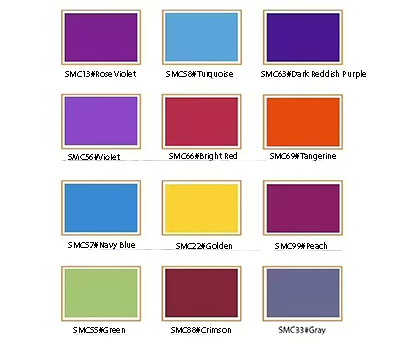
Key Considerations for Procurement and Customization
1. Define RFID Frequency Requirements
Choose frequency based on use case and confirm the need for encryption or compliance with standards like ISO 14443A/B or ISO15693.
2. Evaluate Photochromic Durability
Request UV aging test reports from suppliers. Opt for materials with over 300 hours of UV resistance to maintain long-term color performance.
3. Ensure Stability of Custom Designs
Use silk-screen printing with thermal baking or laser engraving to prevent logo fading or peeling.
4. Manage Supply Timeline and Quality Control
Allow adequate production time for large orders, especially those involving custom designs or codes. Demand quality certifications (e.g., SGS, RoHS, REACH).
5. Confirm Batch Encoding Capability
If integration with backend systems is required, ensure bulk data encoding is supported, with verification for compatibility and consistency.
Future Development Trends
1. Integration with Wearable Sensors
Future versions may include sensors for heart rate, blood oxygen, temperature, or motion, turning the wristband into a personal health tracker.
2. Blockchain for Identity Management
Incorporating blockchain can enable password-free authentication, multi-layered access control, and secure digital identity linking.
3. Cloud-Based Management Platforms
Centralized data management can enable analytics, behavior profiling, and user experience optimization.
4. Sustainable Materials
Next-gen versions may use biodegradable silicone or recyclable composites, aligning with environmental policies and carbon neutrality goals.
5. Integration with AR/VR
The wristband could trigger digital content via augmented reality—e.g., a color shift might activate a virtual animation, ideal for marketing and education.
Conclusion
The photochromic RFID silicone wristband stands at the intersection of technology, safety, and user engagement. It goes beyond identification to offer smart interactivity, aesthetic appeal, and environmental awareness.
Whether for healthcare, education, entertainment, or smart city infrastructure, this wristband type holds vast potential. As 5G, AI, and IoT technologies evolve, it may soon become a crucial link between the physical and digital realms.
For brands, event organizers, or enterprise safety managers, selecting a multifunctional, visually appealing, and interactive RFID wristband can significantly enhance user experience and operational efficiency.
Why choose us?
Established in 2010 – Over a decade of RFID experience
Full customization – RFID cards, wristbands, key fobs, and smart devices
High quality – ISO-compliant materials (ISO 14443, ISO 15693)
Secure solutions – Encrypted protocols and data protection
Flexible scalability – From startups to enterprise-level projects
Contact us today to learn how we can help streamline your inventory management with reliable, smart RFID solutions.


